Camera features
- 256 x 192 pixel resolution at up to around 22 FPS
- Optional distance and temperature/humidity sensors for ambient correction
- Micro-SD Card DCIM storage for JPG image files
- Rechargeable 3.7V Li-Po battery and/or external 5V DC power
- Battery-backed RTC for JPG image timestamp
- [iCam] 3.5" 480x320 pixel touchscreen with GUI interface
- [iCamMini] Wi-Fi mode (AP or STA) with web-browser based GUI interface
- [iCamMini] Video mode with either NTSC or PAL analog output
- Capable of 1-point or 2-point calibration against a known blackbody radiator
GUI Interface
- LVGL based (both iCam touchscreen and iCamMini Web Browser)
- Ten color palettes
- Selectable Min/Max Temperature Markers
- Selectable Spot Marker
- Selectable Region Marker
- Camera Settings
- Micro-SD Card File Browser and image display
Video Interface (iCamMini)
- Selectable NTSC or PAL non-interlaced timing
- 288 x 192 pixel monochrome display with two palettes
- Selectable Min/Max Temperature Markers
- Selectable Spot Marker
- Camera settings using local buttons
 Dan Julio
Dan Julio
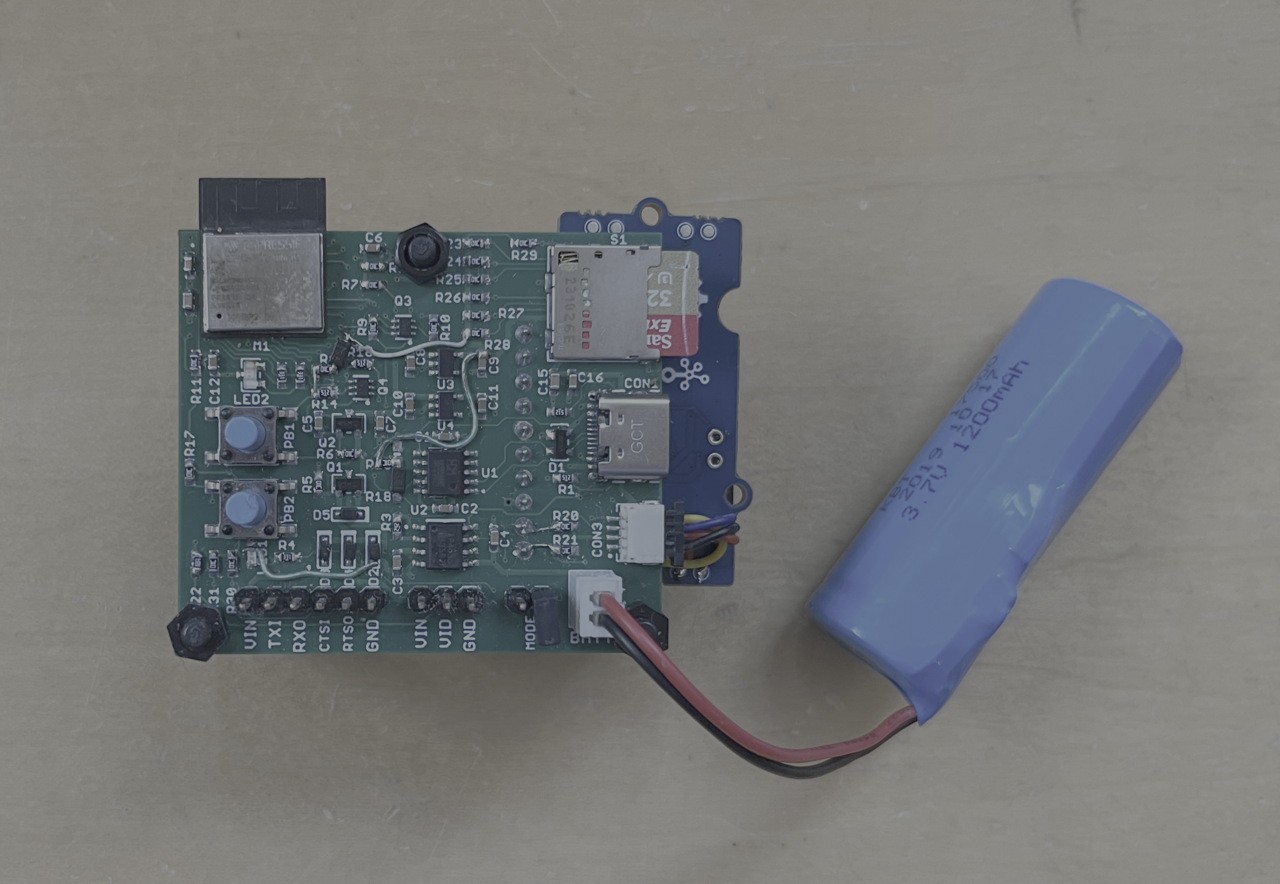
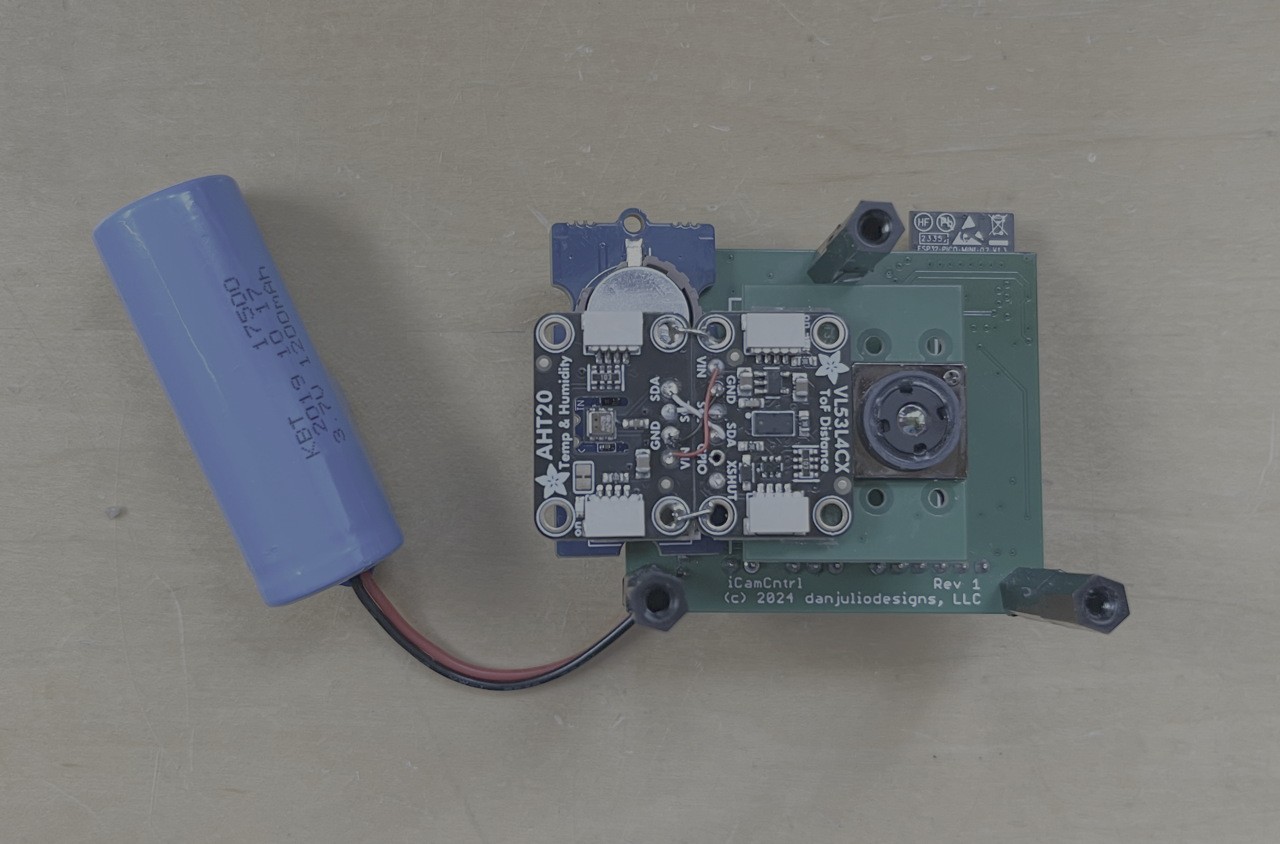

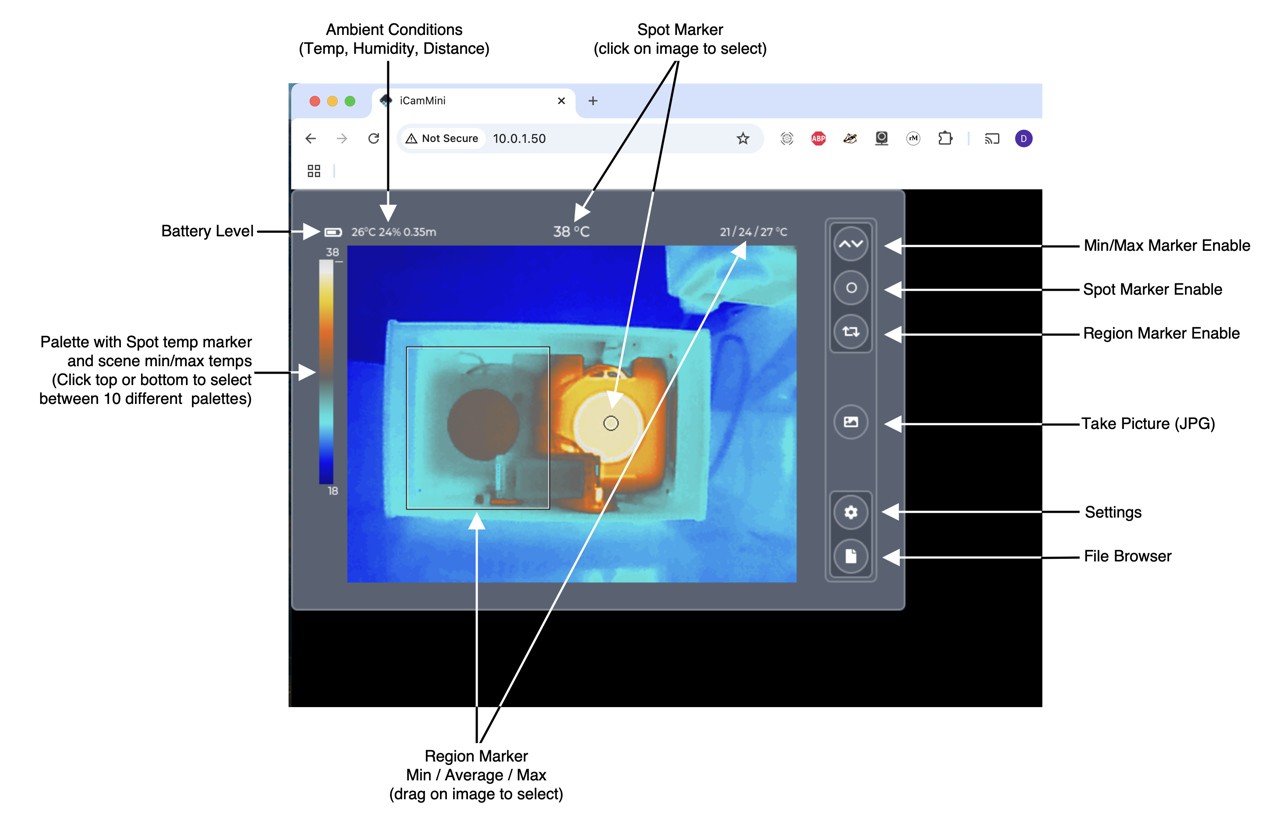

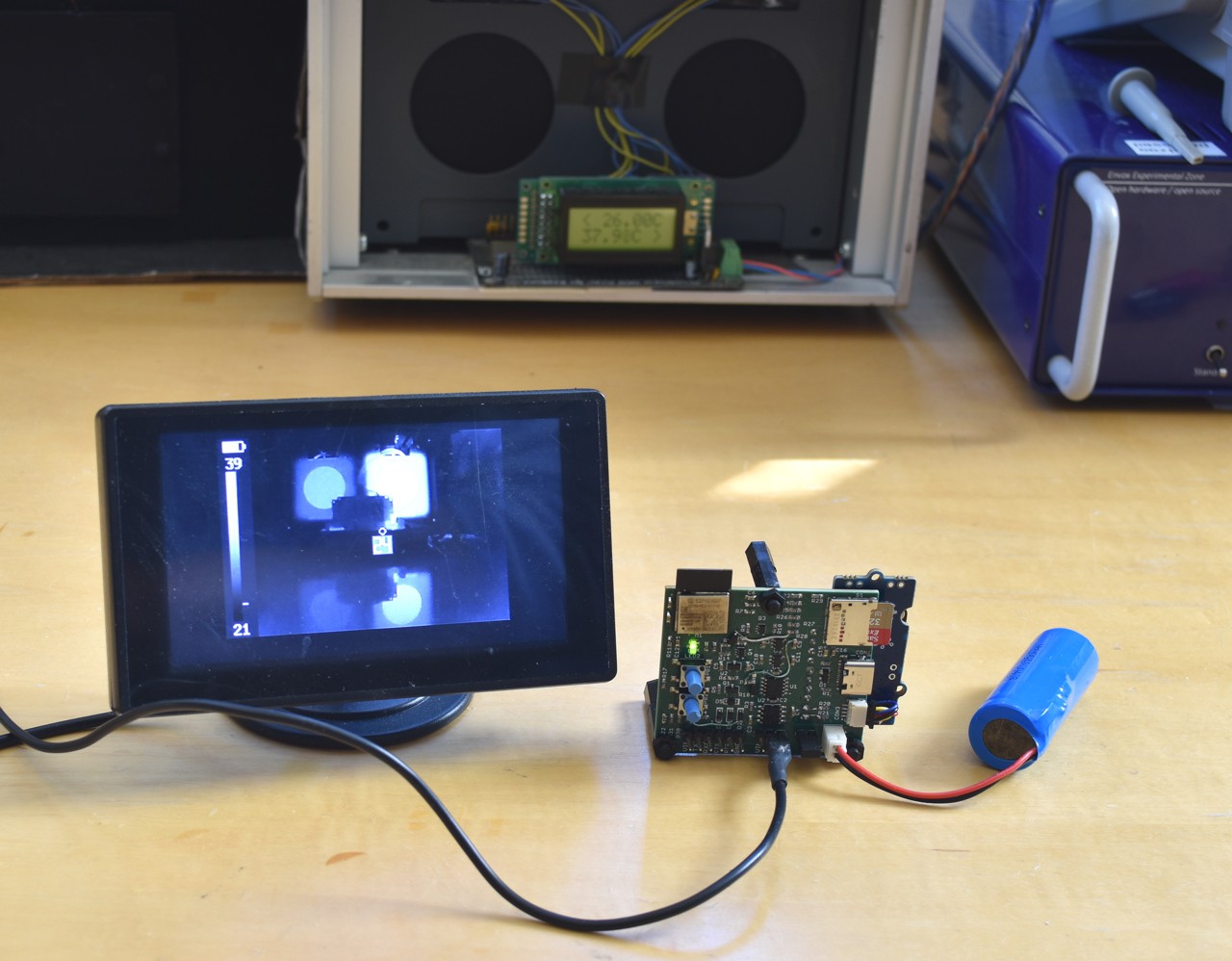
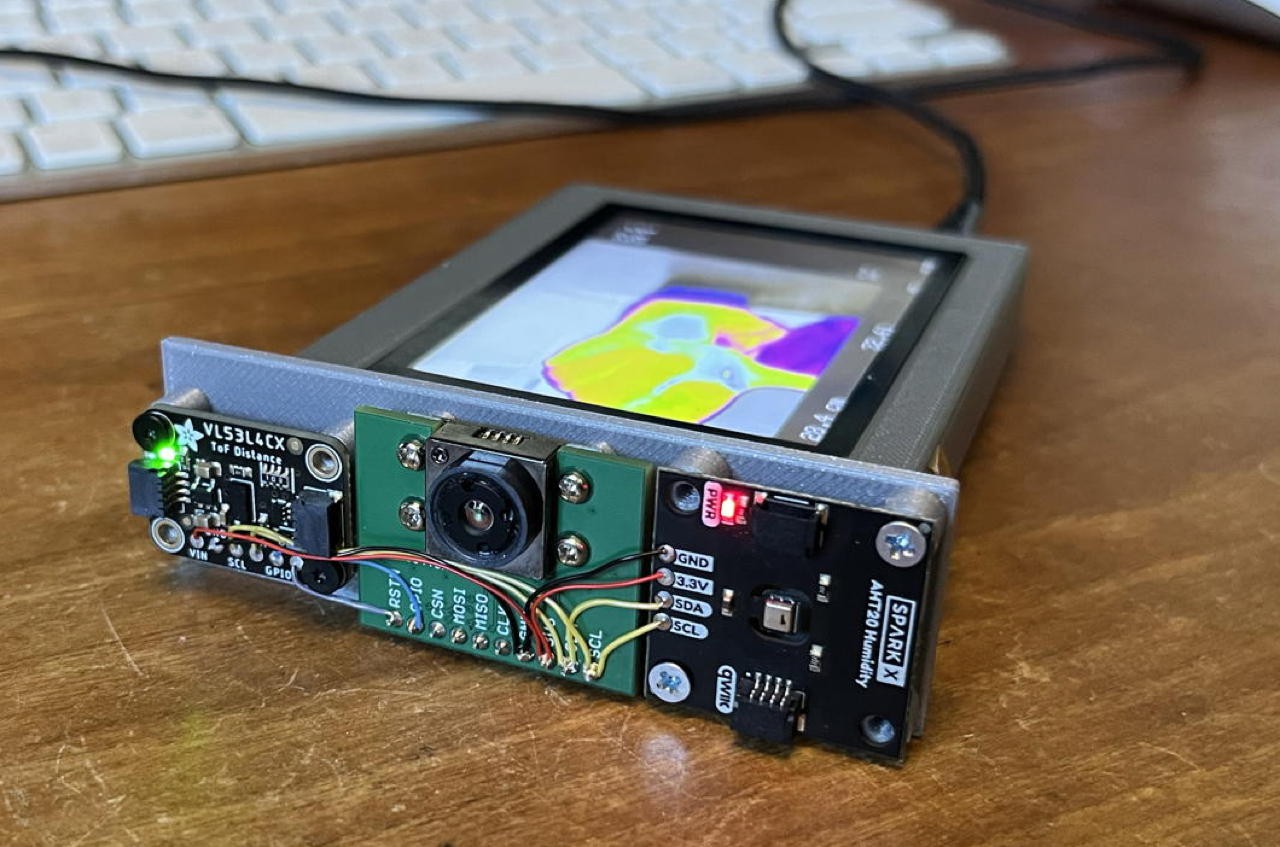
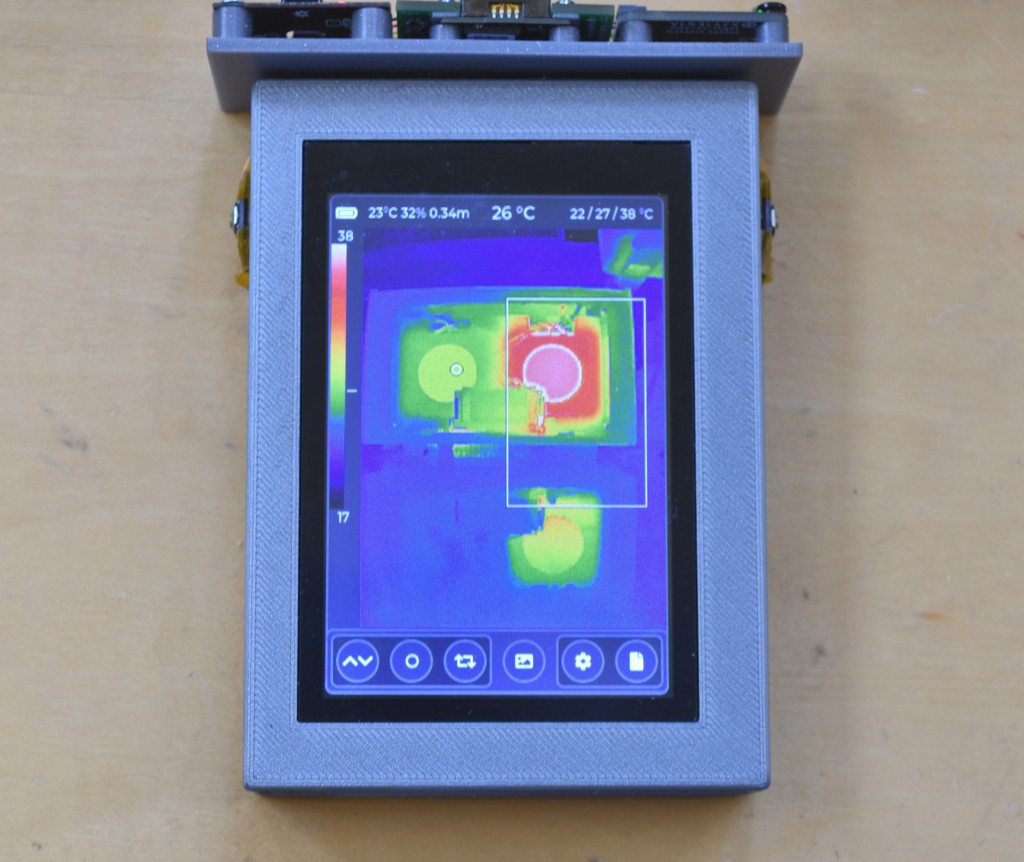
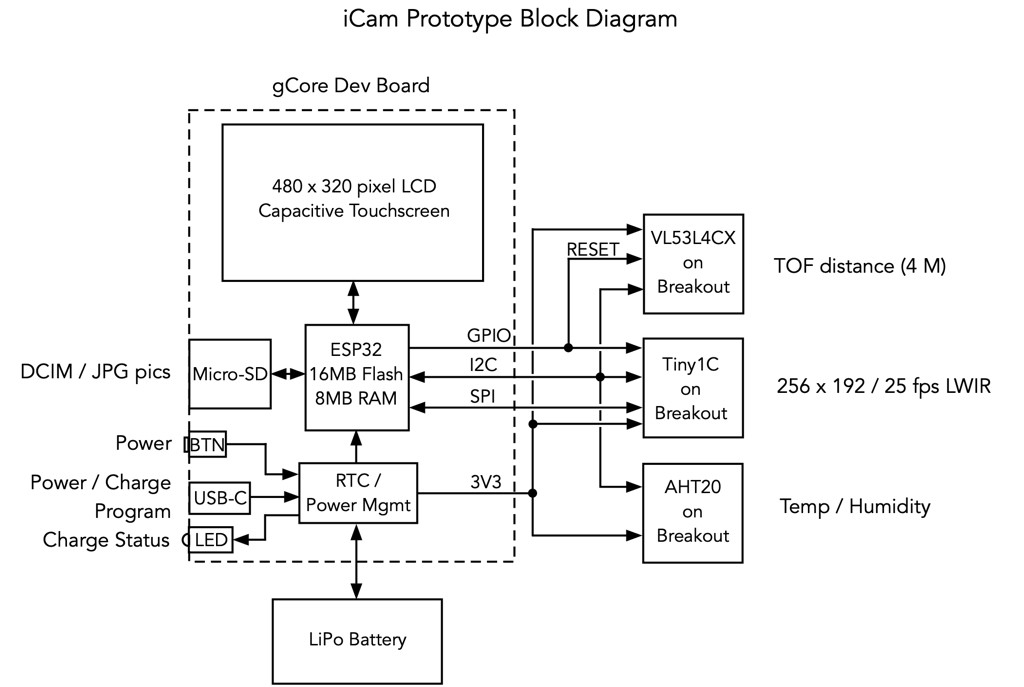
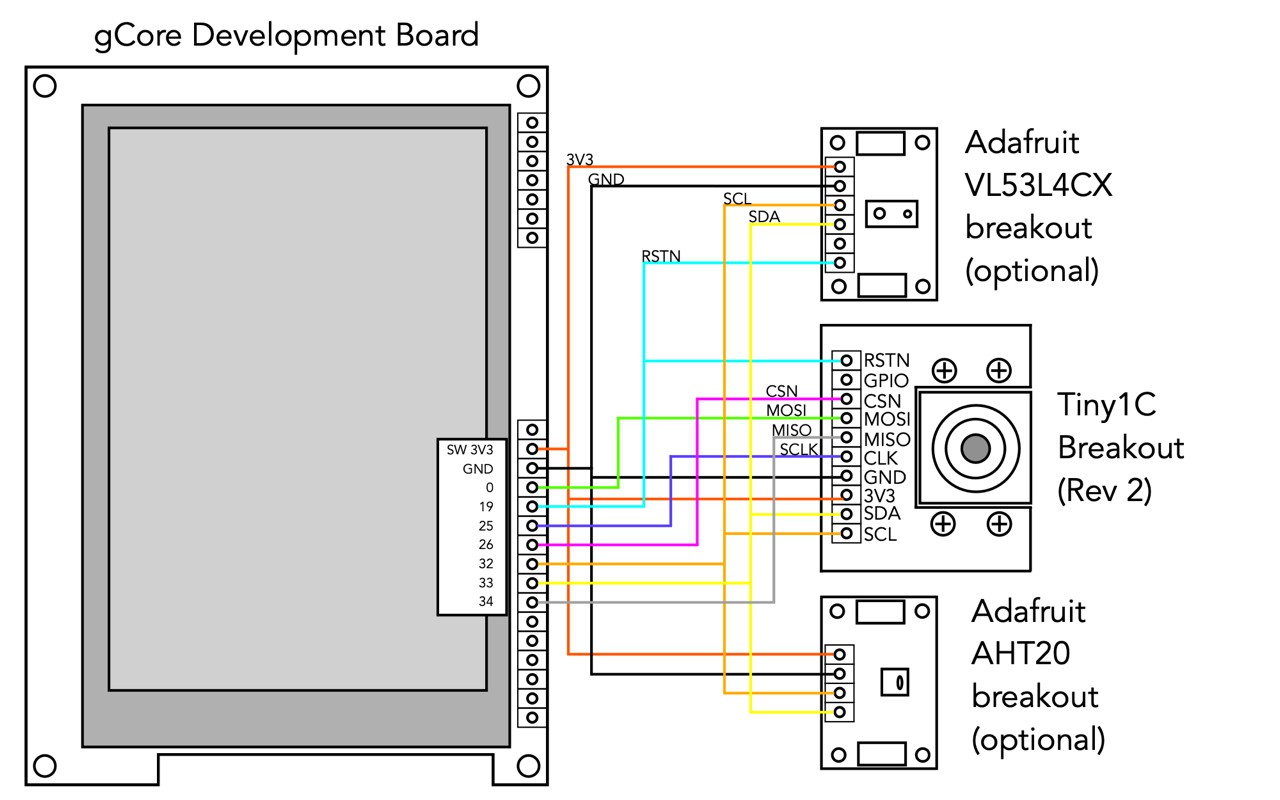
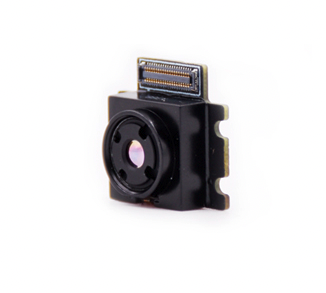

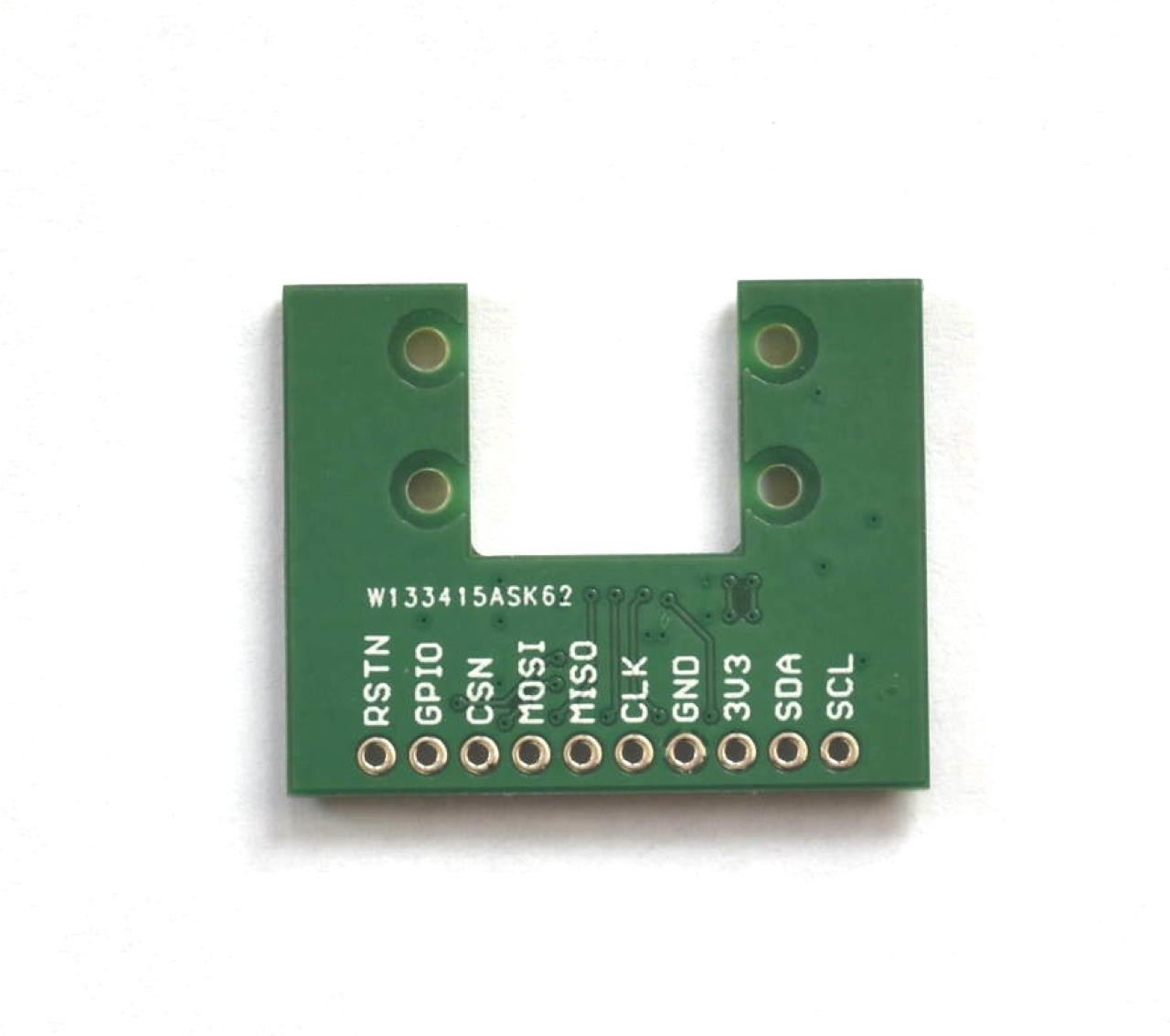
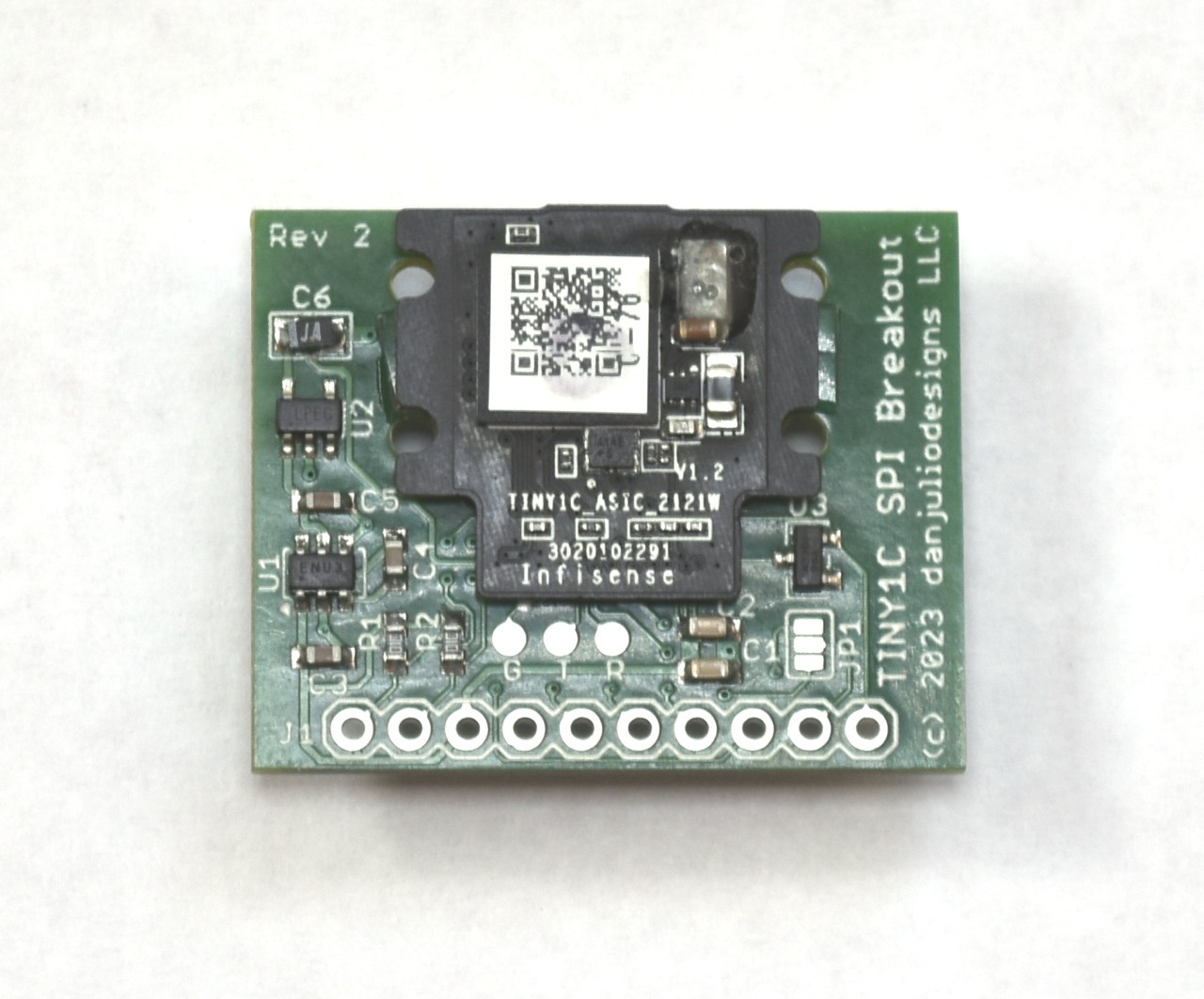
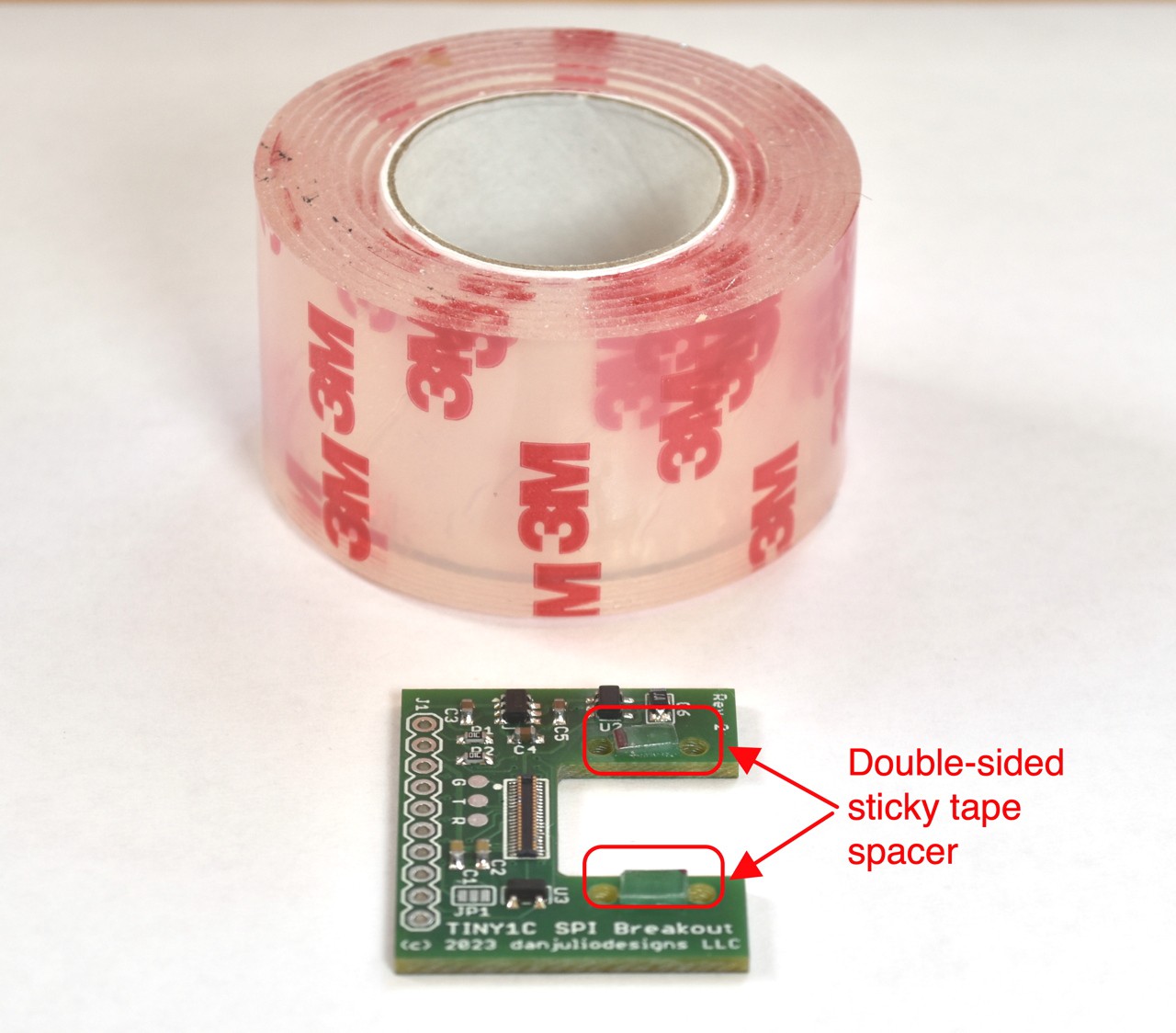
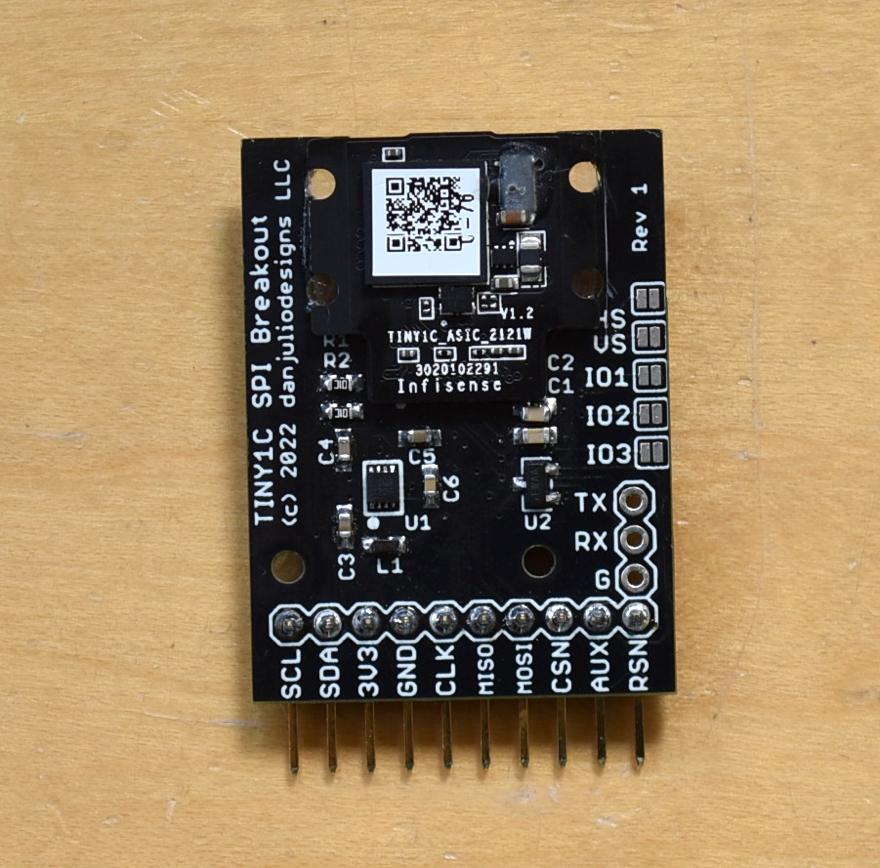

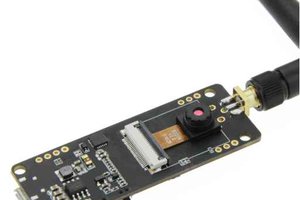
 James Newton
James Newton
 Simon
Simon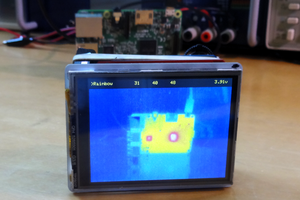
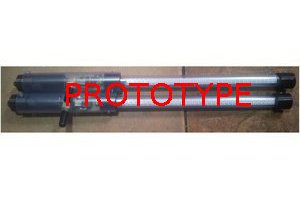
 Tom
Tom
nice project t Dan, saw it in hackster.io newsletter. Next time you could get SparkFun “ Flexible Qwiic Cable - 50mm “(PRT-17260) cut in two and solder wire to thermal camera in the middle and the connector attach to both dev board on each side in the appropriate qwicc connectors 😜